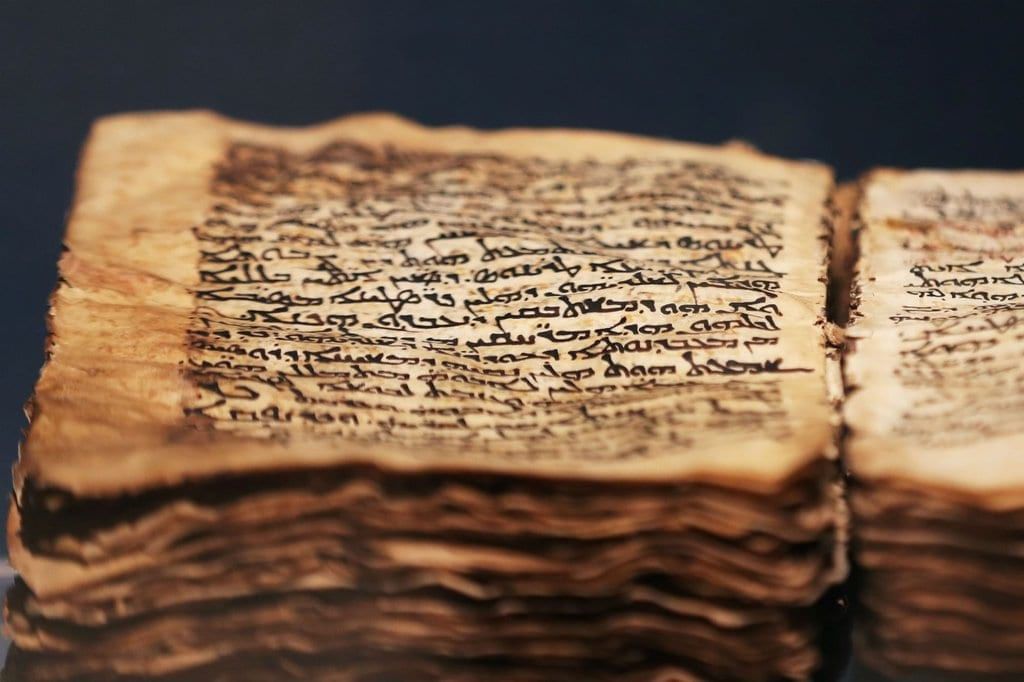UPSC Exam > UPSC Notes > PIB (Press Information Bureau) Summary > PIB Summary - 8th May, 2025
PIB Summary - 8th May, 2025 | PIB (Press Information Bureau) Summary - UPSC PDF Download
The Manuscripts Revived

Introduction
- The Central Council for Research in Ayurvedic Sciences (CCRAS), under the Ministry of Ayush, has recently revived and unveiled two rare Ayurvedic manuscripts: the Dravyaratnākara Nighaṇṭu and the Dravyanamākara Nighaṇṭu. These manuscripts were presented at the RRAP Central Ayurveda Research Institute in Mumbai.
- The initiative aims to preserve and revive India’s classical Ayurvedic knowledge through critical editions and translations of these ancient texts.
1. Dravyaratnākara Nighaṇṭu
- Author and Date: Written by Mudgala Paṇḍita around 1480 AD.
- Content Overview: Comprises 18 chapters detailing drug synonyms, therapeutic actions, and medicinal properties.
- Sources and References: Builds upon earlier works like the Dhanvantari and Raja Nighaṇṭu while introducing new substances from plant, mineral, and animal sources.
- Historical Significance: Was widely referenced in Maharashtra until the 19th century.
- Importance: Crucial for the study of Dravyaguna (Ayurvedic pharmacology) and related fields.
2. Dravyanamākara Nighaṇṭu
- Attribution: Believed to be authored by Bhisma Vaidya.
- Nature of the Text: Functions as an appendix to the Dhanvantari Nighaṇṭu.
- Content Focus: Contains 182 verses plus 2 colophon verses, concentrating on homonyms in drug and plant names, a complex area in Ayurvedic pharmacology.
- Scholarly Utility: Valuable for researchers in Rasashastra (alchemy), Bhaishajya Kalpana (formulation), and classical identification methods.
Editorial Contributions
- Editor: Dr. Sadanand D. Kamat, an esteemed manuscriptologist and Ayurveda expert.
- Previous Works: Known for editing the Saraswati Nighaṇṭu, Bhāvaprakāsha Nighaṇṭu, and Dhanvantari Nighaṇṭu.
- Contribution to Current Manuscripts: Improved scholarly access through critical editing, translation, and commentary.
Broader Significance
- Academic and Educational Resource: Provides essential materials for students, researchers, educators, and practitioners in Ayurveda.
- Digitisation and Preservation Efforts: Marks a step towards the long-term digital archiving of ancient Indian medical texts.
- Connecting Classical and Modern Knowledge: The revived manuscripts link traditional Ayurvedic wisdom with contemporary research and practices.
- Promoting Ayurveda: Emphasizes the relevance of traditional healing systems in today’s health discussions.
- Cultural Renaissance: Sparks renewed interest in indigenous medical practices and strengthens cultural identity through the affirmation of historical texts.
The document PIB Summary - 8th May, 2025 | PIB (Press Information Bureau) Summary - UPSC is a part of the UPSC Course PIB (Press Information Bureau) Summary.
All you need of UPSC at this link: UPSC
FAQs on PIB Summary - 8th May, 2025 - PIB (Press Information Bureau) Summary - UPSC
| 1. What is the significance of the Manuscripts Revived initiative? |  |
Ans. The Manuscripts Revived initiative aims to restore and preserve historical manuscripts, which are vital for understanding cultural heritage and history. This initiative not only protects these documents from deterioration but also promotes research and accessibility for scholars and the public.
| 2. How are manuscripts selected for restoration under the Manuscripts Revived program? |  |
Ans. Manuscripts are typically selected based on their historical significance, condition, and the potential for research impact. Experts evaluate each manuscript to determine its importance and the level of restoration required to ensure its preservation.
| 3. What techniques are used in the restoration of manuscripts? |  |
Ans. Techniques for manuscript restoration can include cleaning, repairing tears, re-binding, and digitization. Conservators use specialized materials and methods to ensure that the integrity of the original document is maintained while enhancing its durability.
| 4. How can the public access the restored manuscripts? |  |
Ans. Once manuscripts are restored, they are often made accessible through digital archives, exhibitions, or research libraries. Many initiatives also provide online platforms where users can view high-resolution images and read transcriptions of the manuscripts.
| 5. What role do volunteers and community involvement play in the Manuscripts Revived project? |  |
Ans. Volunteers and community members often assist in various aspects, such as cataloging, digitization, and educational outreach. Their involvement not only helps with the workload but also fosters a sense of community ownership and interest in preserving local history.
Related Searches
















